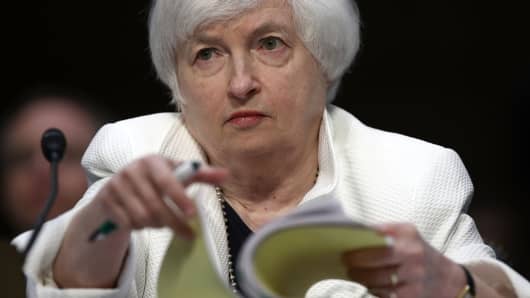The August jobs report was disappointing with job gains of 151,000, below the consensus forecast of a gain of 180,000 jobs. The reported August job gains were also considerably below the gains in June and July. The unemployment rate was forecast to fall to 4.8 percent, but held steady at 4.9 percent. Both numbers are disappointing and make a September rate hike less likely.
At the recent Jackson Hole conference, Federal Reserve Chair Janet Yellen stated that the case for raising interest rates had strengthened. She suggested that good job growth would continue. Once again, the Fed Chair has been too bullish in her view of the economy. More generally, Fed officials have been over-predicting economic growth in this recovery.
It is time for Fed officials to recognize that their model of the economy is wrong. If the model was ever right, it is now broken.
Job growth has in any case been a weak reed on which to rest the case for a rate hike. This has been a weak jobs recovery. Even the forecasted growth of 180,000 jobs would have been nothing to brag about.
The unemployment rate is now a misleading number. Yes, the rate has fallen dramatically from its peak. But much of that decline has been the result of the fall in the labor force participation rate. It has fallen from a peak of over 67 percent in 2000 to 62.8 percent in August. So there is a long-term trend downwards, which accelerated in the Great Recession.
If the unemployment rate falls because discouraged workers are leaving the labor force, that is nothing to cheer. And it is certainly no basis for a Fed rate hike.


